The history of amusement parks
Amusement parks are enchanting realms where the mundane fades away, leaving a world of excitement and wonder. From the towering Ferris wheels to the whimsical carousels, these parks promise endless fun for all ages.
Whether you’re a thrill-seeker chasing adrenaline or someone looking to enjoy a leisurely day with family, amusement parks have something for everyone. Their vibrant colors, joyful sounds, and aroma of delicious treats create an unforgettable sensory experience that draws millions every year.
The Birth of Amusement Parks: A Step Back in Time
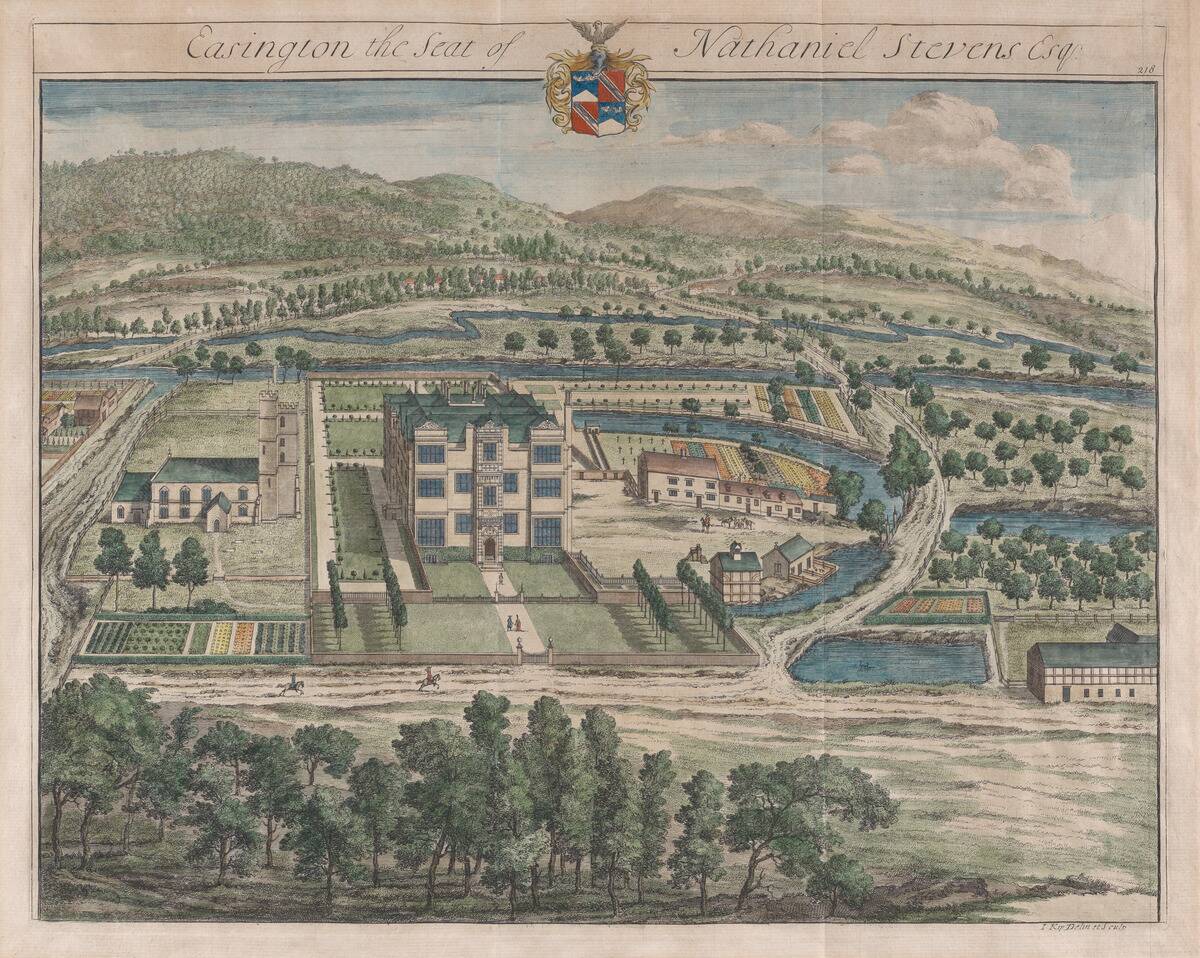
The concept of amusement parks dates back to the 16th century with the creation of pleasure gardens in Europe. These early parks were designed for leisurely strolls and entertainment, featuring live music and basic rides.
In the 19th century, the industrial revolution and urbanization paved the way for more elaborate parks. Innovations in transportation allowed more people to access these destinations, marking the beginning of the amusement park boom that we know today.
The Early Days: Pleasure Gardens and Their Legacy

Pleasure gardens like Vauxhall in London were among the first to offer a glimpse of what would become amusement parks. These gardens were a mix of nature and entertainment, offering concerts, fireworks, and even early forms of rides.
The legacy of pleasure gardens lives on in modern parks, with their emphasis on creating a multi-sensory experience that captivates visitors. They laid the groundwork for what would eventually evolve into the amusement parks we frequent today.
The Rise of the Fairgrounds: A Prelude to Modern Parks
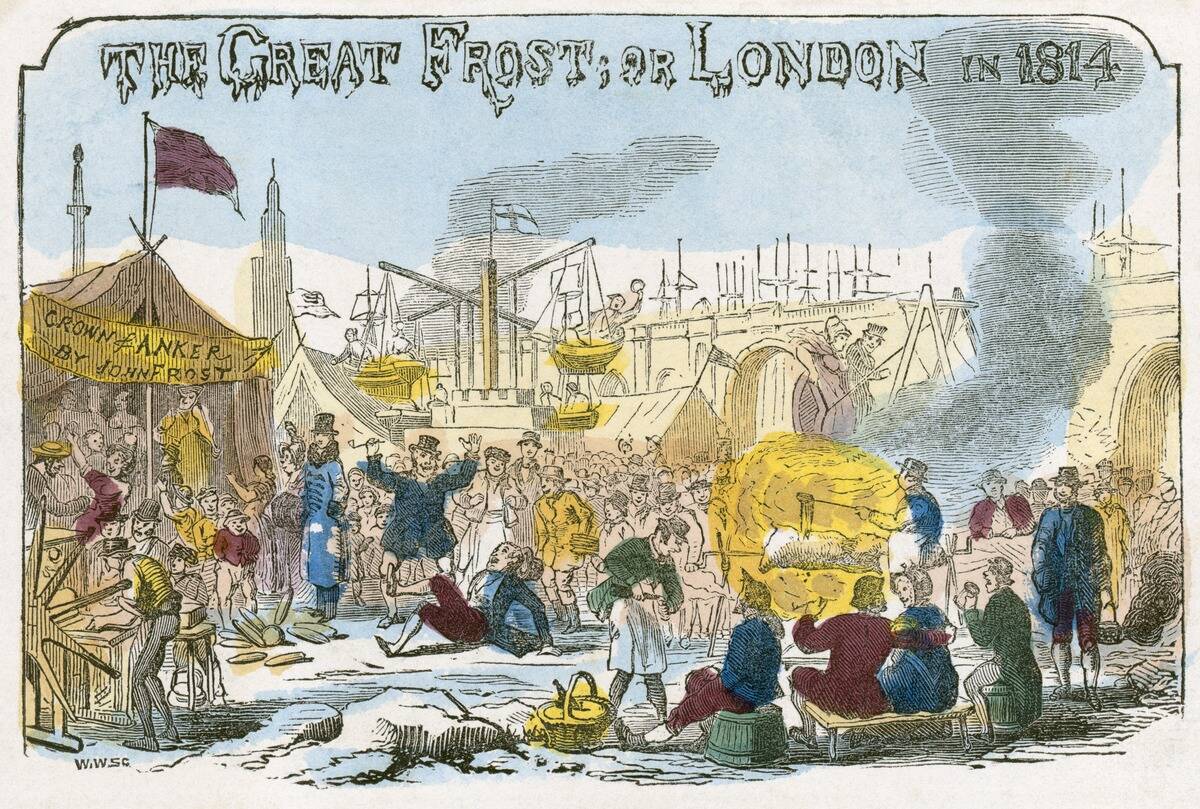
Fairgrounds emerged in the 19th century as temporary setups with rides and games, acting as precursors to permanent amusement parks. These fairs were often part of larger events, like agricultural shows, and featured attractions that would later become amusement park staples.
The popularity of fairs showcased the public’s appetite for entertainment and novelty, setting the stage for the development of permanent, more elaborate amusement parks that would soon follow.
The American Dream: Coney Island’s Pioneering Influence
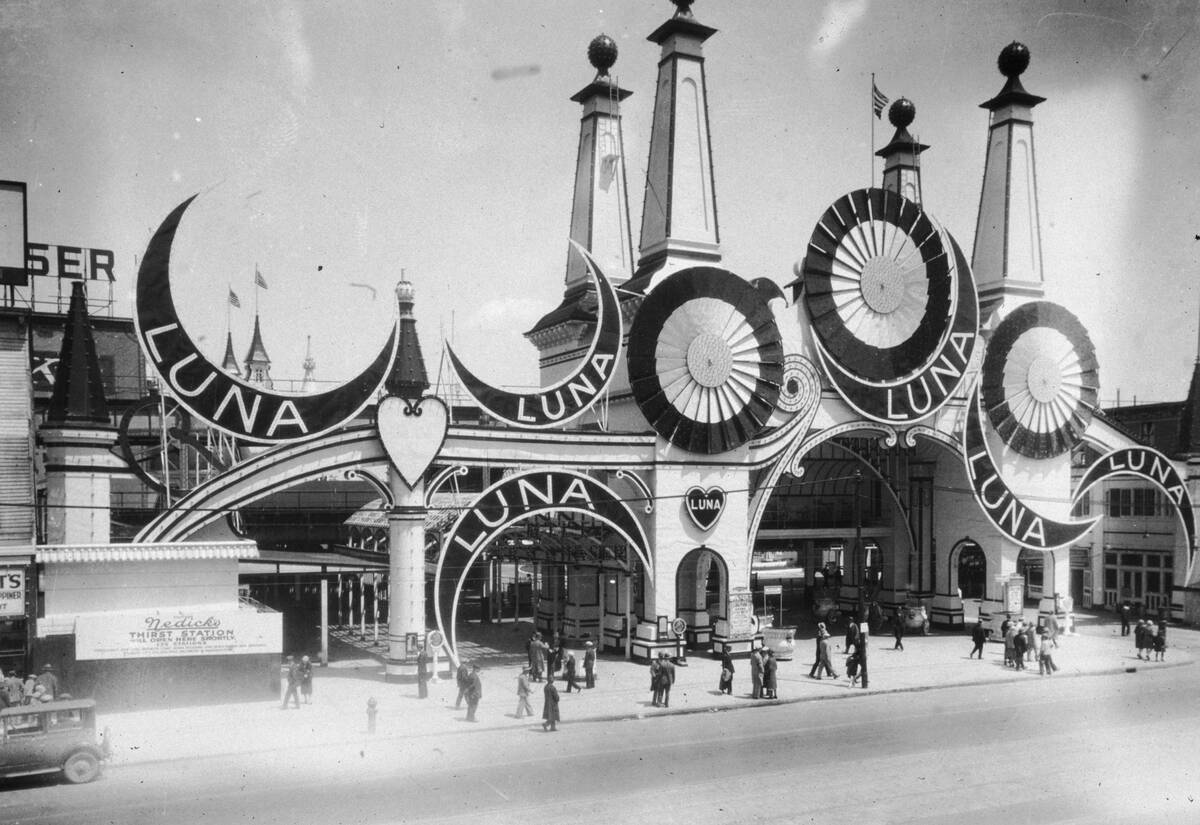
Coney Island, located in Brooklyn, New York, is often credited as the birthplace of the modern amusement park. In the late 1800s, it became a hub of innovation with Luna Park, Dreamland, and Steeplechase Park leading the way.
These parks introduced electric lights, mechanical rides, and themed attractions, setting new standards for entertainment. Coney Island’s pioneering spirit inspired a wave of park development across the United States, influencing the amusement park industry globally.
The Role of the World’s Fairs in Shaping Amusement Parks
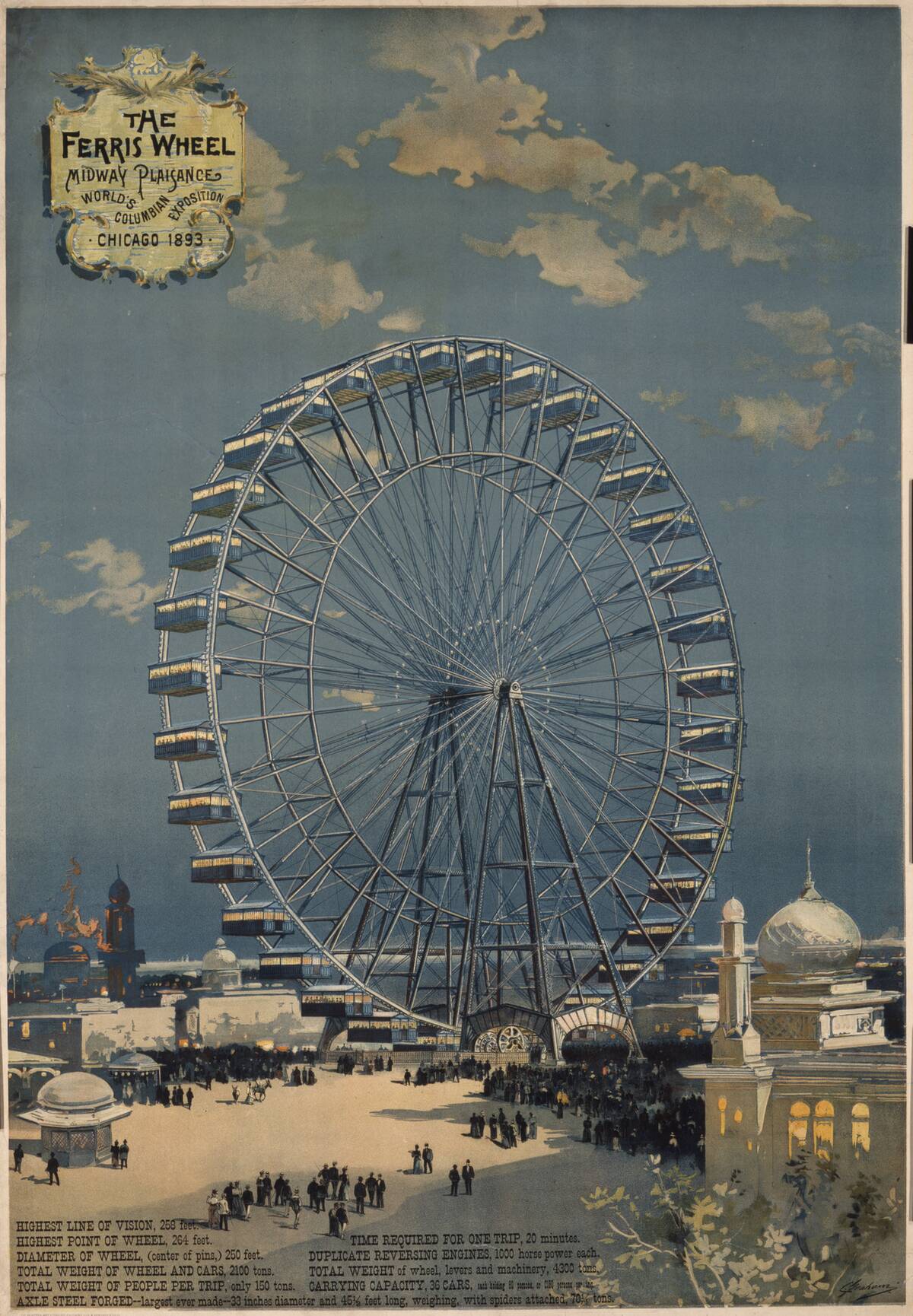
World’s Fairs played a pivotal role in shaping the amusement park landscape by introducing cutting-edge attractions and showcasing technological advancements. The 1893 World’s Columbian Exposition in Chicago featured the first Ferris wheel, a marvel that captivated millions and became a staple of amusement parks.
These fairs acted as testing grounds for new ideas and innovations, many of which found permanent homes in amusement parks around the world, influencing their design and attractions.
From Carnivals to Coasters: The Evolution of Rides

The evolution of amusement park rides from simple carnival attractions to sophisticated roller coasters is a testament to human ingenuity. Early rides like carousels and swings gave way to more thrilling experiences as technology advanced.
The introduction of steel in roller coaster construction in the mid-20th century revolutionized the industry, allowing for faster, taller, and more complex rides. This evolution continues today, with parks constantly pushing the boundaries to offer new and exhilarating experiences.
The Golden Age of Roller Coasters: Thrills and Spills
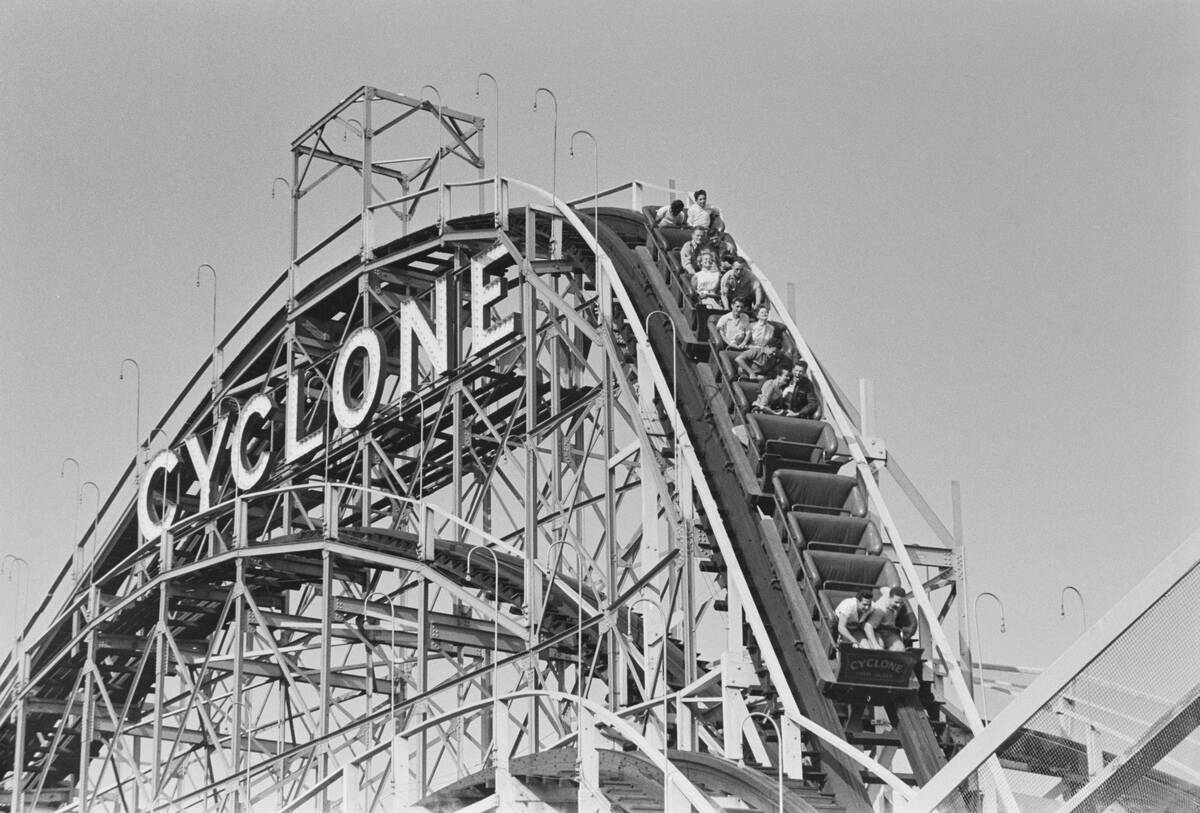
The early 20th century, often referred to as the Golden Age of roller coasters, saw a surge in their popularity. Wooden coasters like the Cyclone at Coney Island became icons, thrilling riders with their speed and daring drops.
This era saw the construction of some of the most famous coasters, with designs that pushed the limits of engineering. Although many of these classic rides have been replaced or updated, their influence can still be seen in the thrilling coasters of today.
The Influence of Walt Disney: A Whole New World
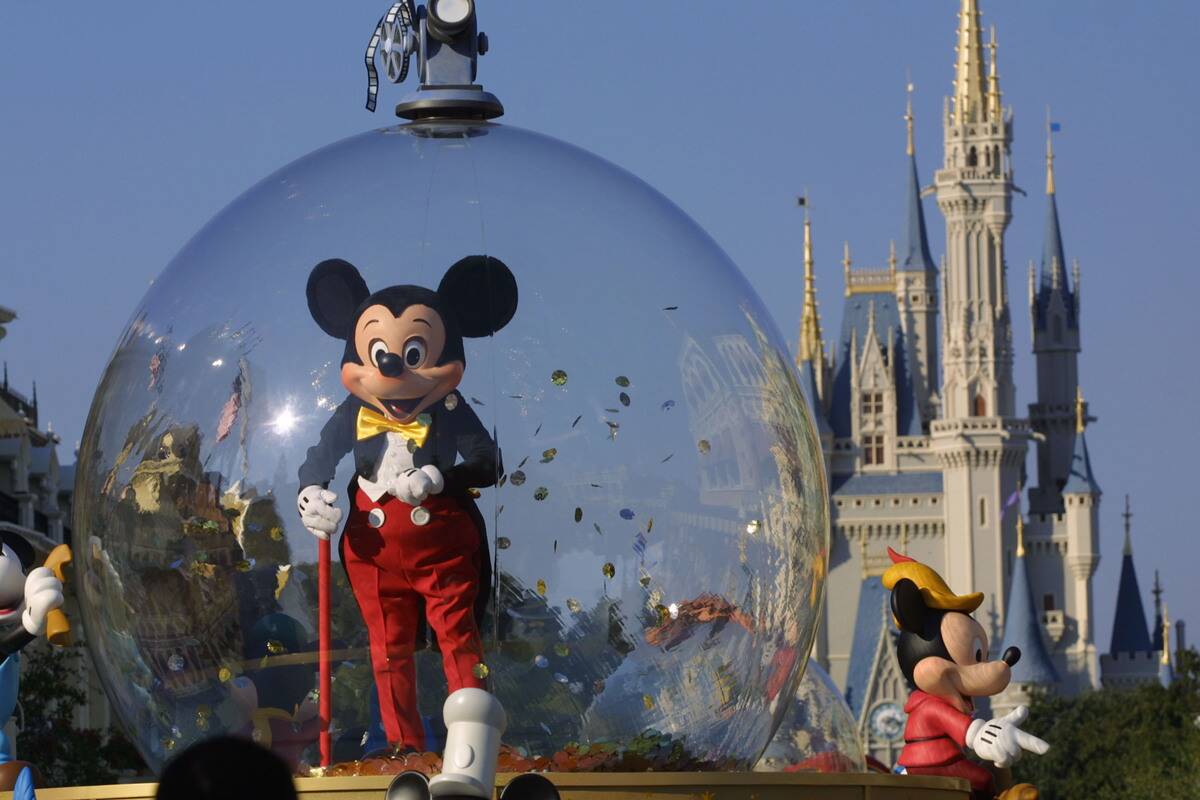
Walt Disney’s influence on the amusement park industry cannot be overstated. With the opening of Disneyland in 1955, Disney introduced the concept of the theme park, where storytelling and immersive environments took center stage.
This innovation transformed the industry, setting a new standard for what amusement parks could offer. Disney’s vision expanded with the creation of Walt Disney World and other parks around the globe, solidifying his legacy as a pioneer of themed entertainment.
The Spread of Theme Parks Across the Globe

The success of Disneyland sparked a global interest in theme parks, leading to their proliferation worldwide. From Tokyo Disneyland to Europa-Park in Germany, these parks offer unique experiences that reflect their cultural contexts while maintaining the magic of immersive storytelling.
This expansion has made theme parks accessible to a broader audience, allowing people from diverse backgrounds to experience the wonder and joy they provide. The global spread of theme parks has also spurred innovation and competition within the industry.
Innovations in Ride Technology: Beyond the Coaster
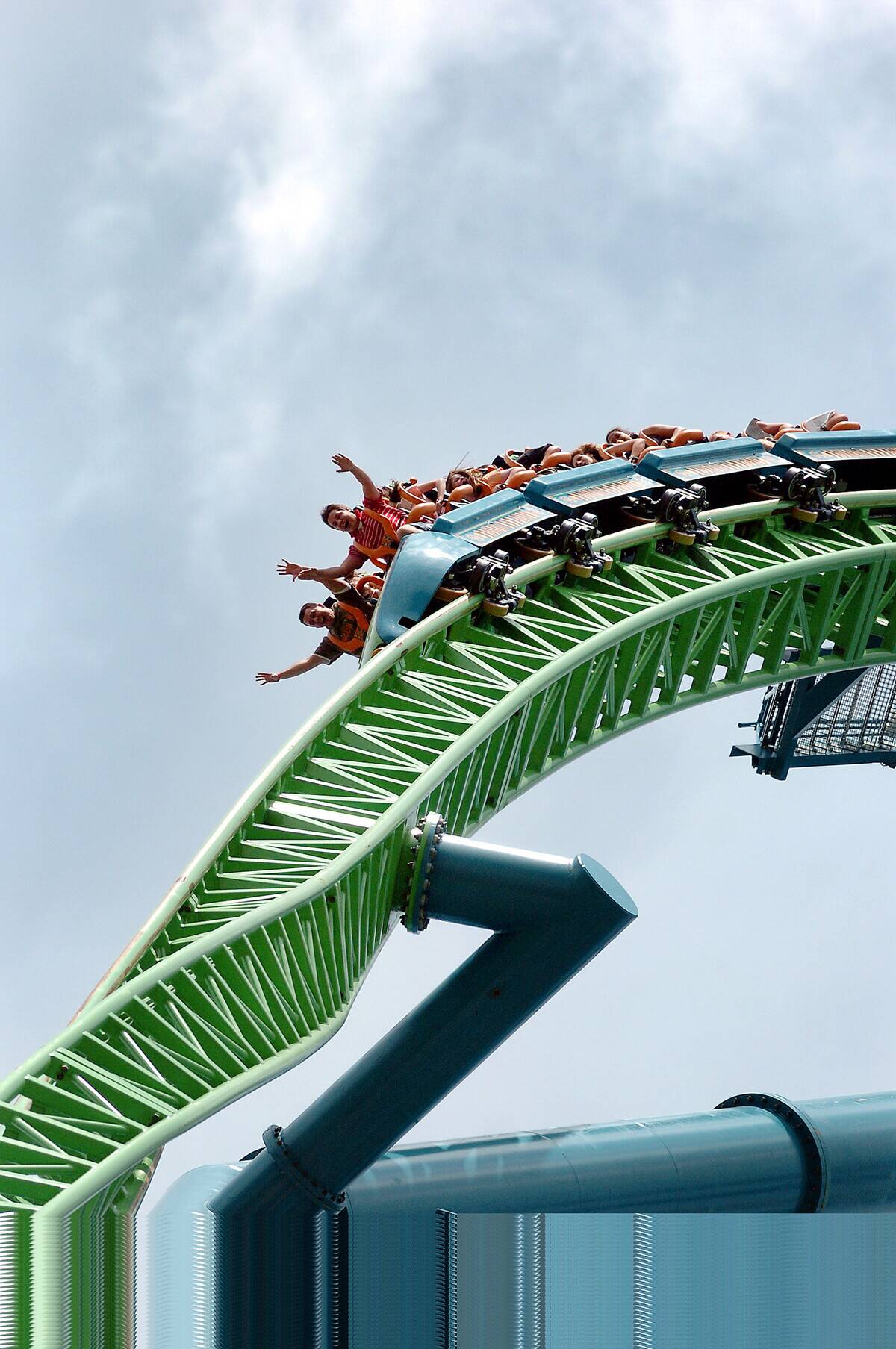
Technological advancements have taken amusement park rides beyond traditional roller coasters, offering new ways to thrill and entertain. Simulators, 4D experiences, and virtual reality rides have become popular attractions, providing immersive experiences that captivate visitors.
These innovations allow parks to create unique, story-driven experiences that engage all the senses, keeping the industry fresh and exciting. As technology continues to evolve, amusement parks are poised to offer even more cutting-edge attractions in the future.
Water Parks: Making a Splash in the Industry

Water parks have become a significant segment of the amusement park industry, offering refreshing escapes from the heat with their slides, wave pools, and lazy rivers. The first modern water park, Wet ‘n Wild, opened in Florida in 1977, setting the stage for a new era of aquatic entertainment.
Today, water parks continue to innovate with attractions like surf simulators and water coasters, providing family-friendly fun and attracting millions of visitors each year.
The Economic Impact of Amusement Parks
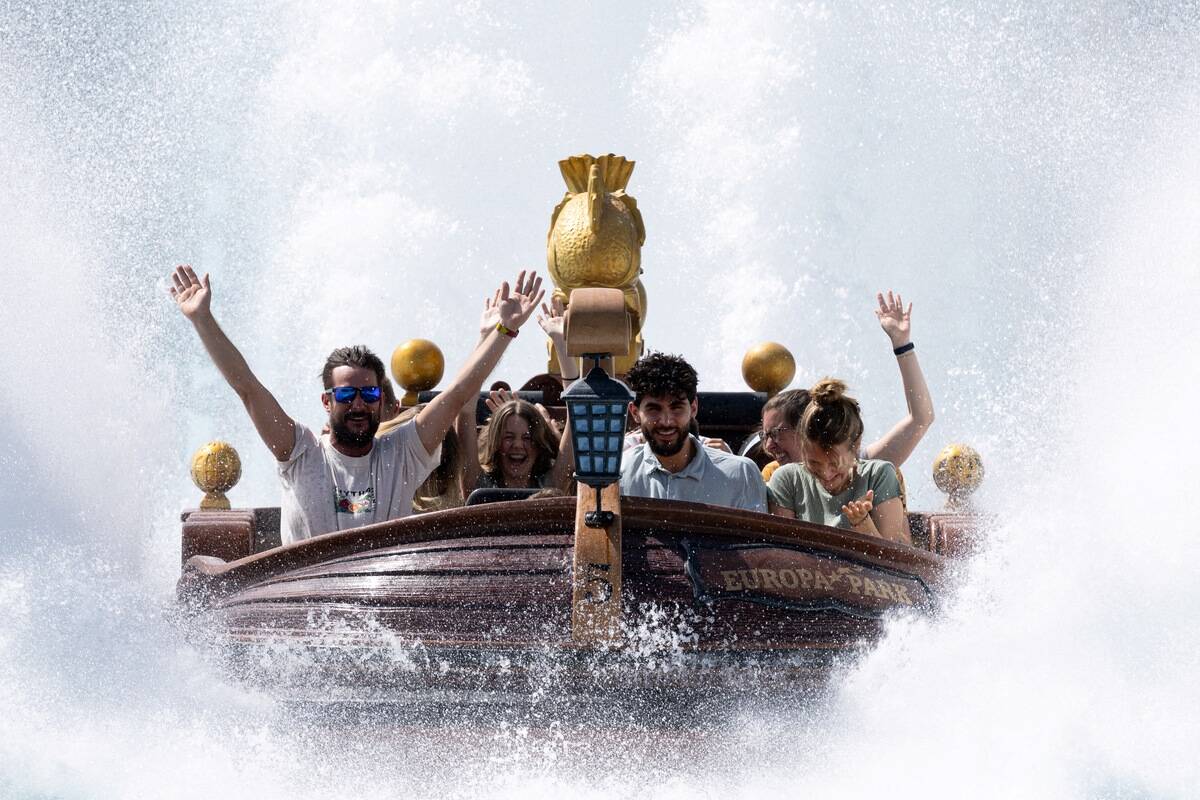
Amusement parks are not just about fun; they are significant economic drivers in the regions where they operate. These parks generate billions in revenue annually, creating jobs and stimulating local economies. They attract tourists, boosting spending in nearby hotels, restaurants, and shops.
Additionally, the construction and maintenance of parks involve numerous industries, from engineering to food services, further contributing to economic growth. The economic impact of amusement parks underscores their importance beyond entertainment.
Designing the Dream: The Art of Park Architecture

The design and architecture of amusement parks play a crucial role in creating their magical atmosphere. From Cinderella’s Castle at Disney to the futuristic structures of Universal Studios, park architecture is about more than aesthetics; it’s about storytelling and immersion.
Designers use a mix of art, engineering, and psychology to craft environments that captivate and transport visitors. The careful planning and creativity behind park architecture make each visit an unforgettable experience.
Sustainability Efforts in Modern Amusement Parks
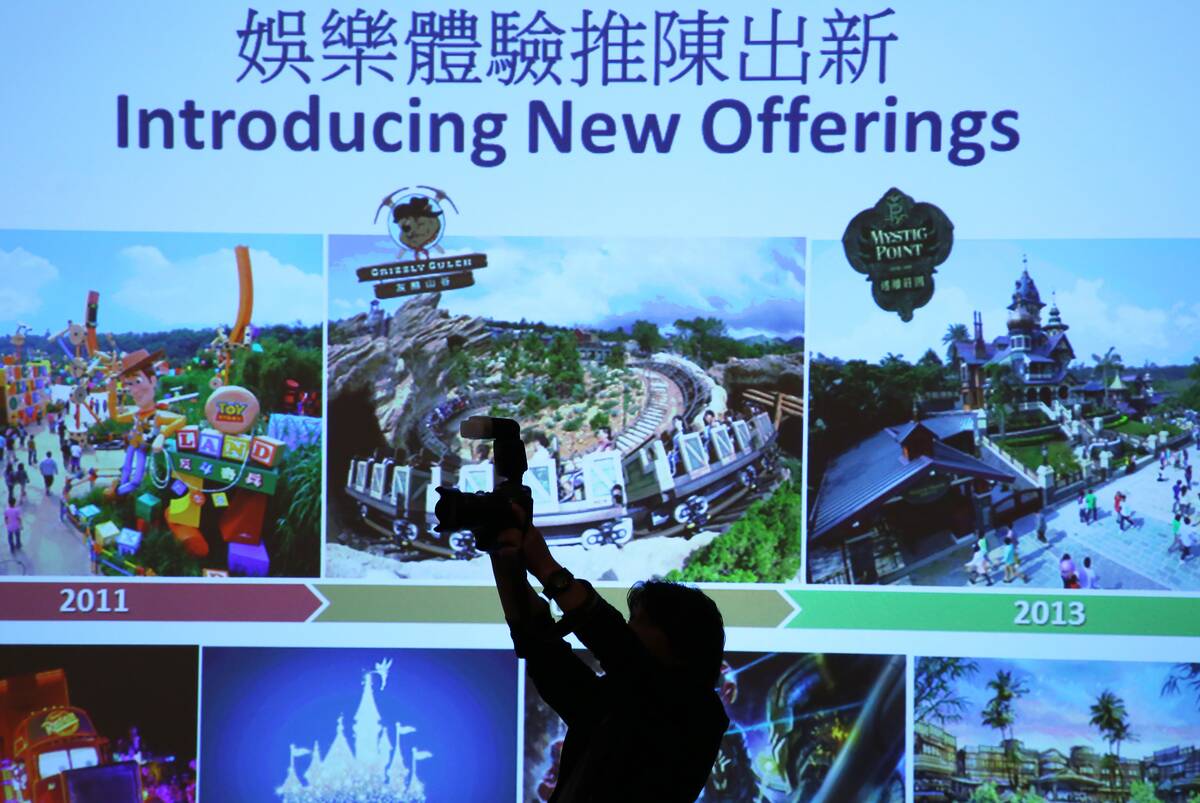
As environmental awareness grows, amusement parks are adopting sustainability practices to reduce their ecological footprint. Many parks are implementing energy-efficient technologies, such as solar panels and LED lighting, to cut down on energy consumption.
Water conservation efforts, recycling programs, and eco-friendly materials are also becoming standard. These initiatives not only help the environment but also appeal to increasingly eco-conscious visitors, showing that amusement parks can be both fun and environmentally responsible.
The Future of Amusement Parks: Trends and Predictions

The future of amusement parks looks promising, with emerging trends that promise to reshape the industry. Interactive experiences and personalized attractions are becoming more prevalent, allowing visitors to tailor their experiences.
Technology continues to play a critical role, with augmented reality and AI-driven attractions on the horizon. As parks innovate to meet the changing demands of visitors, they are likely to become even more immersive and engaging, offering experiences that were once the stuff of science fiction.
The Role of Virtual Reality and Technology in the Amusement Experience

Virtual reality (VR) and other technologies are transforming the amusement park experience, offering new ways to engage visitors. VR rides and attractions provide immersive experiences that transport guests to different worlds, enhancing the thrill and wonder of traditional rides.
Augmented reality (AR) is also making its mark, with interactive elements that blend the physical and digital realms. As technology advances, it will continue to revolutionize the way we experience amusement parks, adding layers of excitement and innovation.
Amusement Parks and Their Role in Family Entertainment
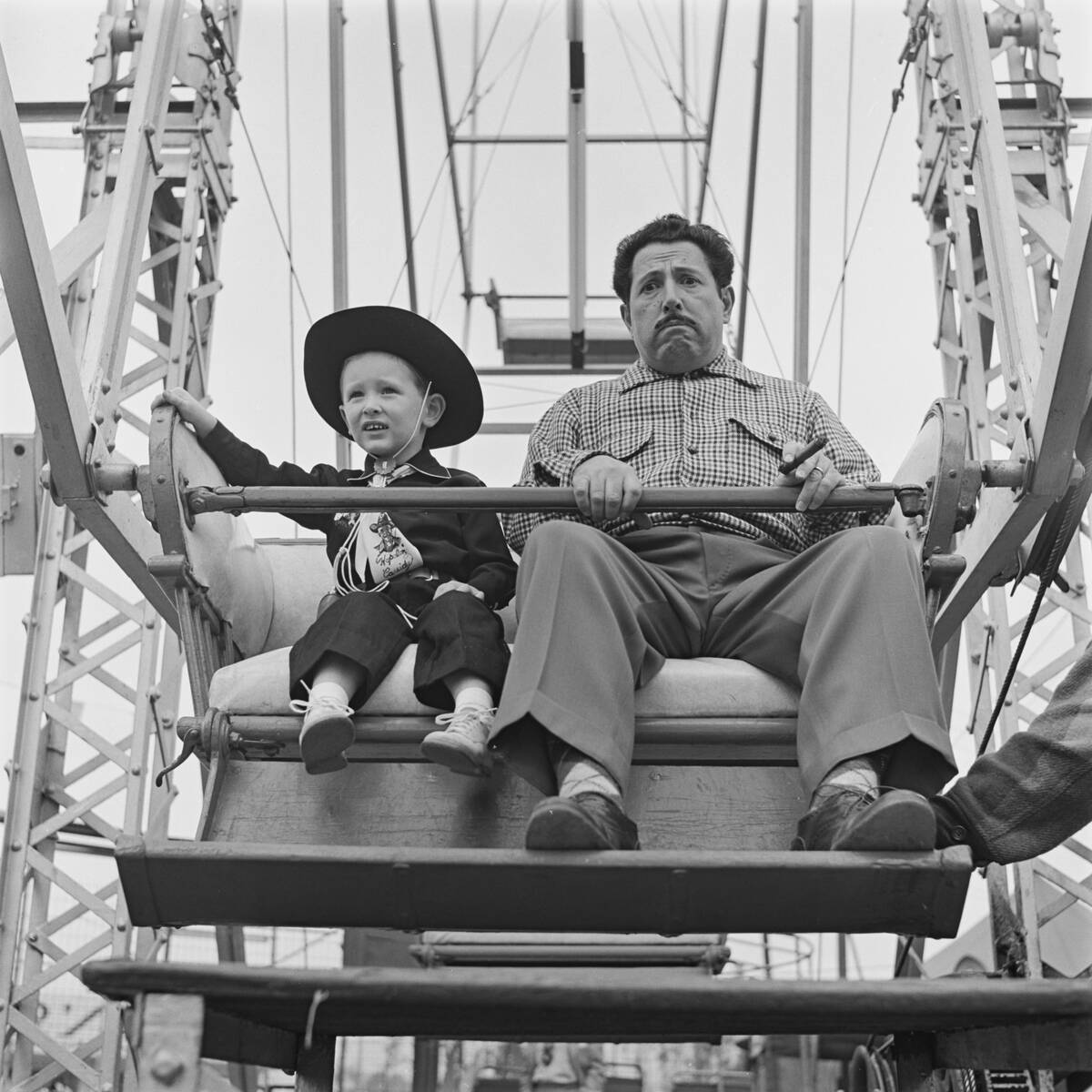
Amusement parks have long been synonymous with family entertainment, providing a space where people of all ages can enjoy themselves. From gentle rides for young children to thrilling coasters for teens and adults, parks offer a variety of attractions that cater to different interests.
Family-friendly shows, parades, and character meet-and-greets add to the experience, creating memories that last a lifetime. The focus on family entertainment ensures that amusement parks remain beloved destinations for multigenerational fun.
Safety First: The Evolution of Ride Safety Standards
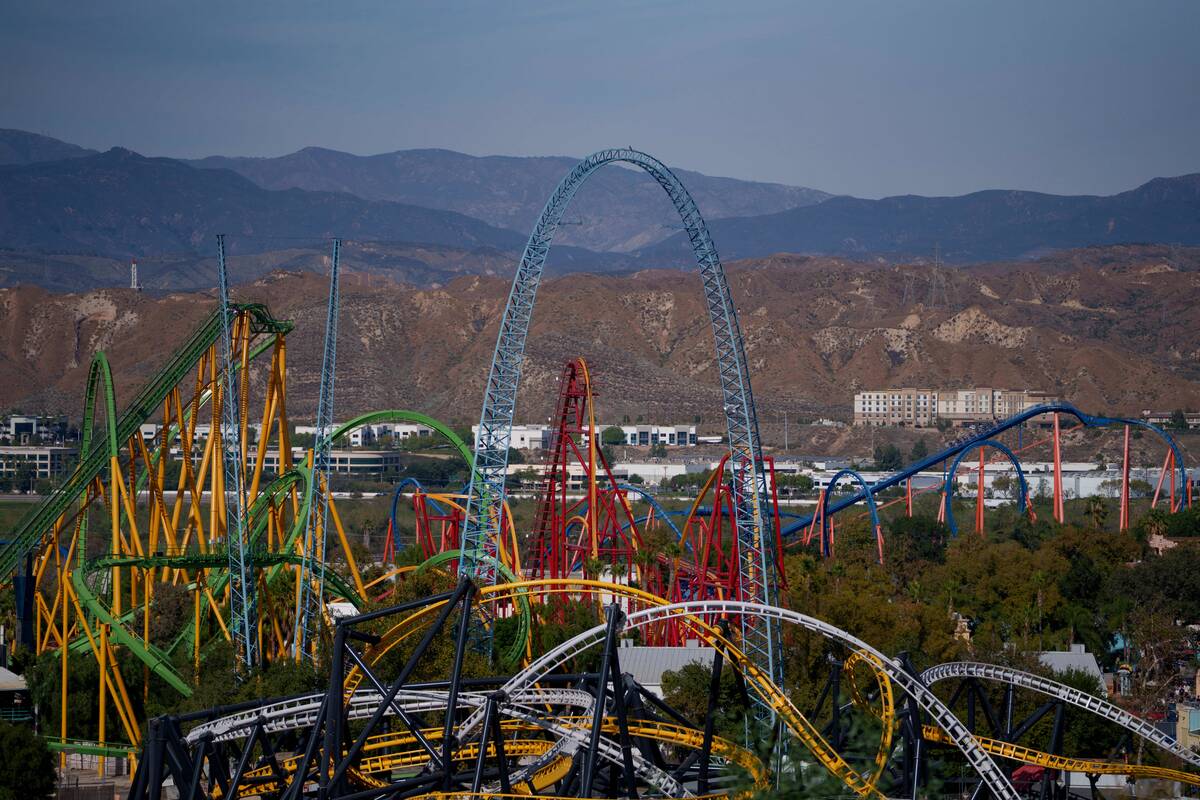
The safety of amusement park rides has always been a top priority, with standards evolving significantly over the years. Early ride designs often lacked comprehensive safety measures, but advancements in engineering and technology have led to rigorous safety protocols.
Regular inspections, maintenance, and staff training ensure that rides operate safely. Organizations like ASTM International develop safety standards that parks adhere to, providing guests with peace of mind as they enjoy their day of fun and excitement.
Nostalgia Trips: Vintage Rides and Their Enduring Charm
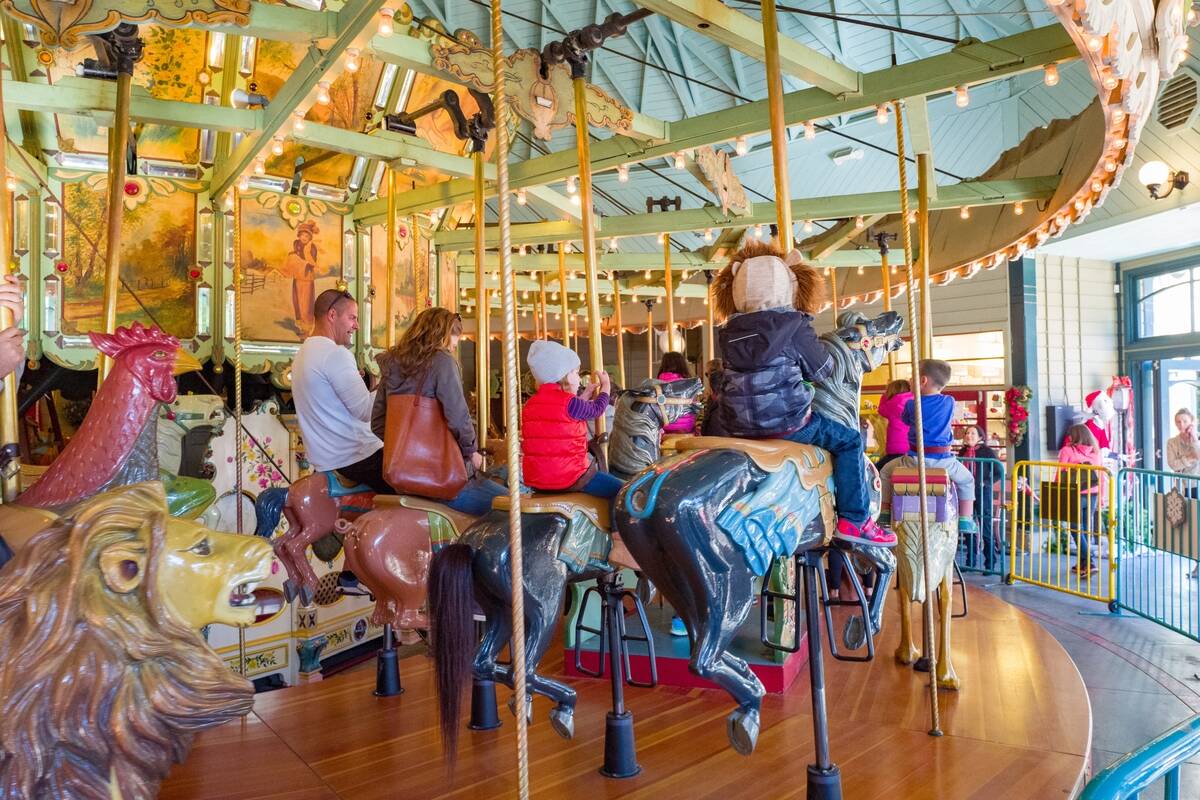
Vintage rides hold a special place in the hearts of amusement park enthusiasts, offering a nostalgic trip down memory lane. Classic attractions like wooden roller coasters, carousels, and Ferris wheels evoke a sense of wonder and simplicity from a bygone era.
Many parks preserve these rides as a nod to their history, allowing new generations to experience their charm. The enduring popularity of vintage rides highlights the timeless appeal of traditional amusement park experiences.
Celebrating Diversity: Parks for All Ages and Abilities

Amusement parks are increasingly focusing on inclusivity, ensuring that all visitors can enjoy their attractions regardless of age or ability. Parks are implementing accessible ride options, sensory-friendly events, and ADA-compliant facilities to accommodate diverse needs.
This commitment to diversity extends to the variety of attractions offered, catering to different interests and physical abilities. By creating a welcoming environment for all, amusement parks continue to be places of joy and connection for everyone.
Food, Glorious Food: Culinary Delights in Parks
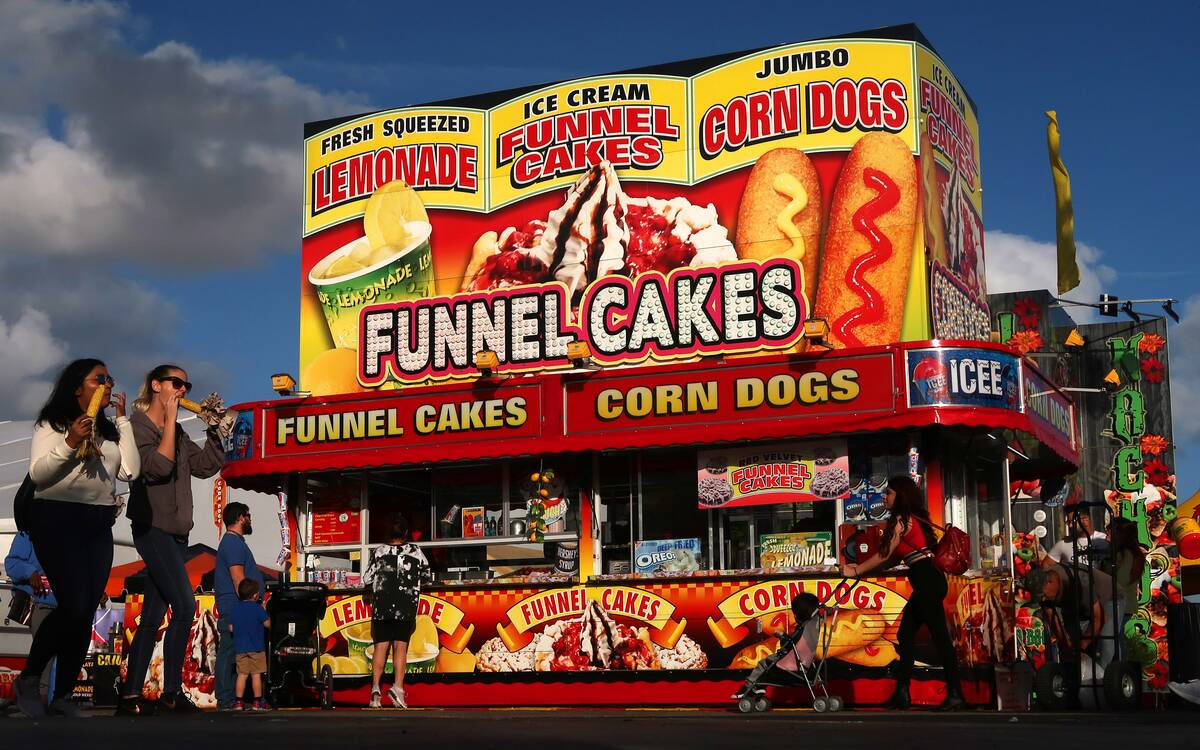
Amusement parks are a food lover’s paradise, offering a wide array of culinary delights that go beyond typical concession fare. From gourmet dining experiences to creative snacks like churros and funnel cakes, parks cater to diverse tastes.
Seasonal and themed food offerings add to the excitement, providing unique flavors that enhance the overall park experience. The focus on quality and variety ensures that visitors can enjoy a delicious meal or treat while exploring the attractions.
Seasonal Festivities: Celebrating Holidays in Parks
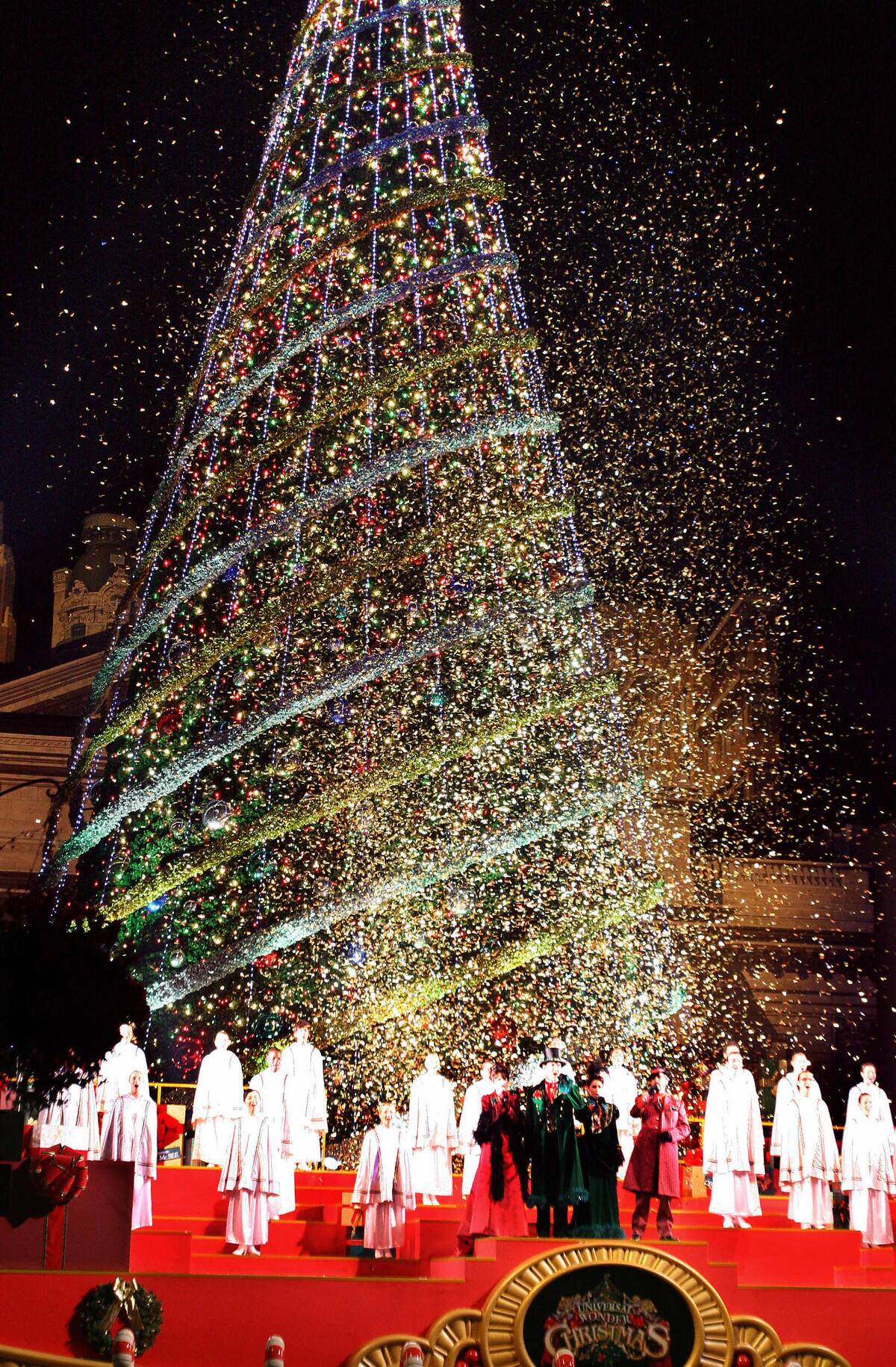
Amusement parks transform into festive wonderlands during the holiday seasons, offering themed events and attractions that celebrate the spirit of the occasion. From Halloween fright nights to winter wonderlands, these events feature special decorations, shows, and parades that add an extra layer of magic.
Seasonal festivities attract visitors looking to celebrate in a unique and thrilling environment, providing memorable experiences that capture the joy and excitement of the holidays.



